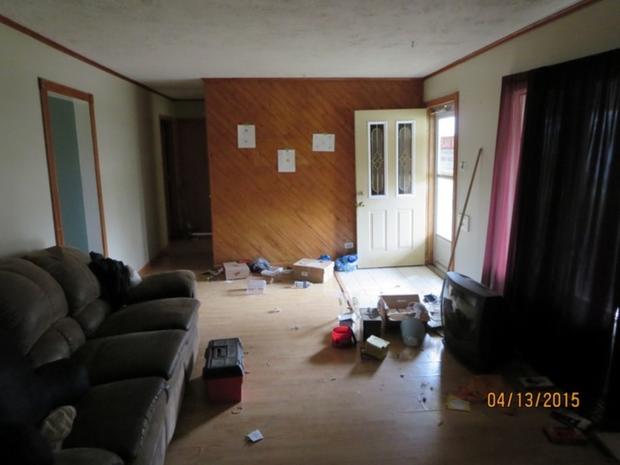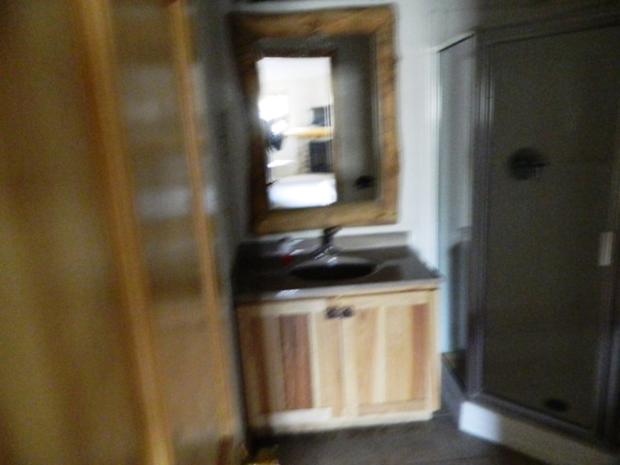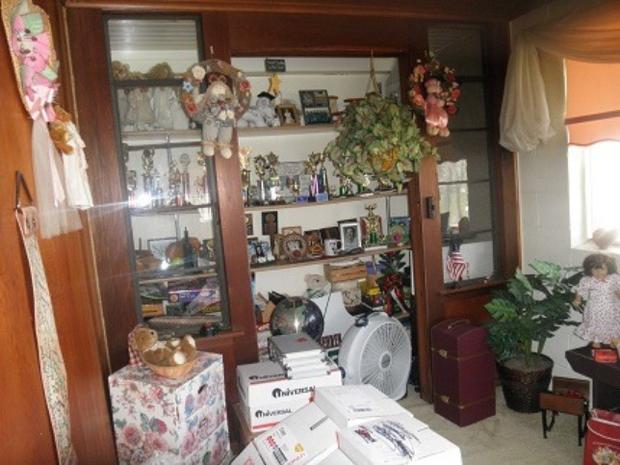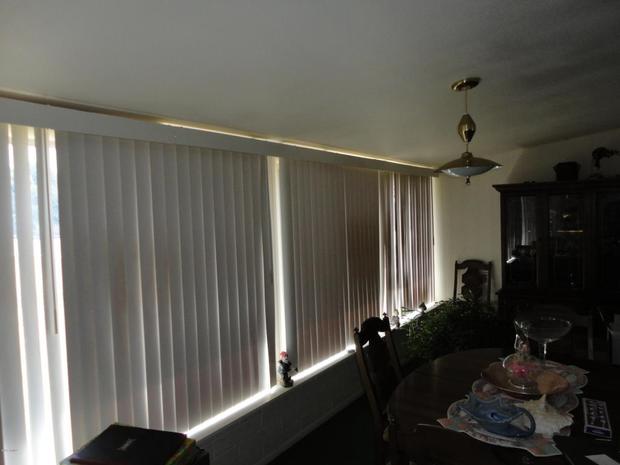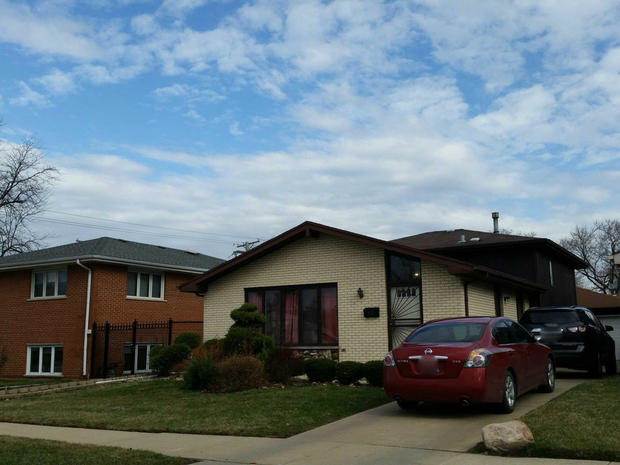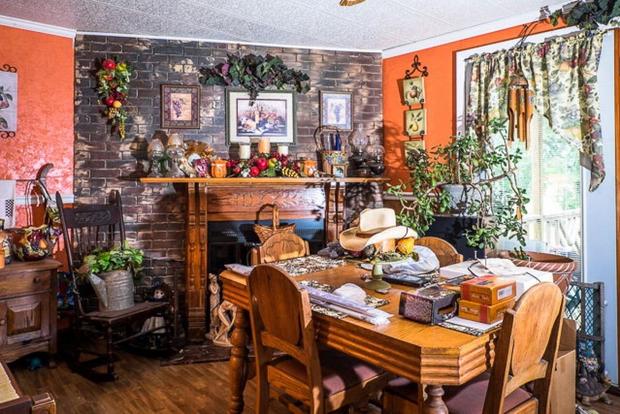10 listing photo mistakes to avoid when selling a home
In real estate, pictures need to say more than a thousand words -- they need to say what your home is really worth.
Cultivating drive-by curb appeal is still important for people who want to sell a home, especially if they want to sell quickly. But in the age of online listings, photos make the real impression on potential buyers. A whopping 84 percent of homebuyers and sellers surveyed by the real estate website Trulia said they wouldn't even consider buying a property if its listing didn't have a photograph.
Research also shows that the quality of listing photos, and the expertise of the person taking them, has a big impact on home sales. According to Redfin, homes with photographs taken with a professional digital single-lens reflex (DSLR) camera get an average of 61 percent more page views than other properties at all price levels. They also have a 47 percent higher asking price per square foot and have "an increased likelihood of selling" when priced above $300,000.
All this is to say, don't mess up the photos. It could cost you literally thousands of dollars.
Here are 10 of the biggest mistakes to avoid.
Featuring blurry or low-quality photos
Companies wouldn't use blurry photos to sell products, so don't use blurry photos to sell a home. An out-of-focus image could indicate to a buyer that a seller doesn't take pride in the property -- or even worse, it could mean the house has features worth hiding.
Since most digital cameras have an auto-focus feature, blurry photos are often the result of an unsteady hand. Homeowners can use a tripod to get a steady shot, or hire a professional who specializes in residential photography.
"I do think that people who make their living taking high-res photos can give sellers a really good edge on the market," said Sandra O'Connor, a Realtor in Greensboro, North Carolina, and the regional vice president of the National Association of Realtors, "and the overall expense is not prohibitive at most price points."
Marketing a house rather than a lifestyle
According to O'Connor, there's a big difference between marketing a house and marketing the lifestyle of the people who live there. If sellers want to stand out, she said, it may be smart to feature photos that promote a way of living: Images shouldn't be sterile or show empty rooms in houses that look useless and unoccupied.
"I think if you're going to go the lifestyle route, you want to show the home as an invitation for people to see themselves in the picture," she said. "If you show a dining room table, it could be set for a dinner party. That says it's a great house for entertaining."
Of course, sellers should be careful not to feature too many personal items that could make the images feel uninviting and cluttered.
"What we find is that consumers can look through photos and mentally they can add things, but they can't as easily subtract things," O'Connor said. "It's a true case of less is more."
Showing too much clutter or too many personal items
A real estate transaction involves selling space, not stuff. Marketing a lifestyle is all well and good, until excessive clutter, garbage or personal trinkets prompt a potential buyer to click away from a listing. Sellers should be sure their homes are clean and organized, and that all their cleaning supplies are neatly tucked away, before taking a photo.
But it isn't just clutter that could get in the way of a sale. Personal items, such as diplomas or children's drawings, could also distract buyers from the home's features.
To help make decisions about what should stay and what should go, and potentially increase the value of a home, sellers may want to consider hiring a professional home stager. According to the National Association of Realtors' 2015 Profile of Home Staging, the median cost of staging is about $675. Among the Realtors surveyed, 32 percent believe staging can increase the amount buyers are willing to offer by 1 percent to 5 percent.
Using images that are too dark or too bright
Good lighting is critical for good photography. The right light can make a property look bigger. And when it comes to what buyers want in a home, space is second only to location. Plus, more simply, people have to be able to see a home before they'll think about buying it.
"I think it's important to have as many lights on as possible," O'Connor said. "Even in broad daylight, we encourage people to turn on the lights. It gives a different feeling and can help, unless the light is so bright it washes out the rest of the photo."
Bright photos can also look more "crisp," which emphasizes quality.
To lighten and brighten a home for a photo, draw back the curtains, replace old window treatments, replace heavy draperies with mini-blinds, increase the wattage of the bulbs in your fixtures and consider painting the walls in a light, neutral color.
Featuring items that could make a homeowner vulnerable to theft
Have a few priceless works of art? What about a car in the driveway with the license plate showing (we had to blur these) or a desk covered in financial paperwork?
Showing items like these in listing photos could attract the attention of thieves and fraudsters hoping to take advantage of the increased accessibility of homes on the market. Open houses and showings can provide good opportunities for people to steal homeowners' prized possessions or their identities -- and listing photos can be the perfect preview.
Put paperwork away in a locked cabinet, store collectibles in a secure, off-site location and keep all license plate, credit card and Social Security numbers out of view for listing photos.
Failing to show the exterior of the home
Listing photos should give potential buyers a tour of a house, starting with the outside and moving through the rooms in order one by one.
"You want to give a feel for how the house presents itself on the street when people first go up to the lot," O'Connor said.
If a seller is listing a condo or townhouse, it's also a good idea to feature a few photos of community areas, like the pool or lounge.
Not adding enough photos to a listing
It's not just the quality of listing photos that will potentially pique a homebuyer's interest, it's also the quantity. Featuring two or three photos, or relying on the aerial photos a listing service pulls for you isn't enough in today's market, especially online.
"I don't think you can have too many photos for a listing," O'Connor said. "You want to have a minimum of 20 or 21 photos. If it's a small property or condo or townhouse, that's where you round out the number by showing the lifestyle bit with tennis courts or shared spaces."
Different multiple listing service and real estate websites have different limits on the number of photos a homeowner can include. Some, like Zillow, have no limit. If sellers choose to use a website with a photo limit, it's a good idea to upload the maximum amount.
Making too many Photoshop edits
Photo-editing programs like Photoshop can be great for adjusting lighting balances or erasing unwanted shadows in listing photos, but extreme retouching could make buyers think a seller is hiding something. Plus, making too many adjustments -- like dramatically altering a room's shape or blurring out an unattractive view -- could constitute fraud.
However, O'Connor said Photoshop could potentially help sellers give homebuyers a picture of what a property would look like with a variety of updates, without investing the extra cash.
"I've had houses with sort of a dull brick look and the sellers were willing to paint," she said. "Photoshop can help show what it would look like painted or what it would look like with shutters added. With appropriate comments and tagging, you can do that kind of stuff."
Using out-of-date photos
Featuring images that were taken a long time ago is another form of listing photo fraud. Photographs should be up-to-date, showing how a house would look to a buyer today in person.
"A lot of times we list a property and the owner says, 'Oh, we have old photos,'" O'Connor said. "But those don't really reflect the house. It's the same thing with seasonal photos. In March, you don't want to show snow on the roof or Christmas decorations. One thing we always encourage is to update photos from time to time so you're in sync with whichever season it is."
Switching out seasonal photos is especially important for sellers whose homes have been on the market for a while, O'Connor said. If a series of winter photos didn't do the trick, maybe a new set with greener grass would work better.
Including a timestamp
Nothing dates a listing photo faster than a timestamp. Like featuring seasonally specific weather, showing the exact time and day a photo was taken could sabotage a seller's marketing plan by revealing how long it's taken a home to sell. Timestamps also convey a lack of attention to detail on the part of the seller: They mean he or she didn't care enough to change the camera's setting or enlist the help of a professional.
This is one situation where Photoshop can actually come in handy. The program's "healing brush" makes it possible for sellers remove a timestamp after the fact. If a seller isn't familiar enough with Photoshop or other types of photo-editing software, it may be worth the investment to hire a pro.
